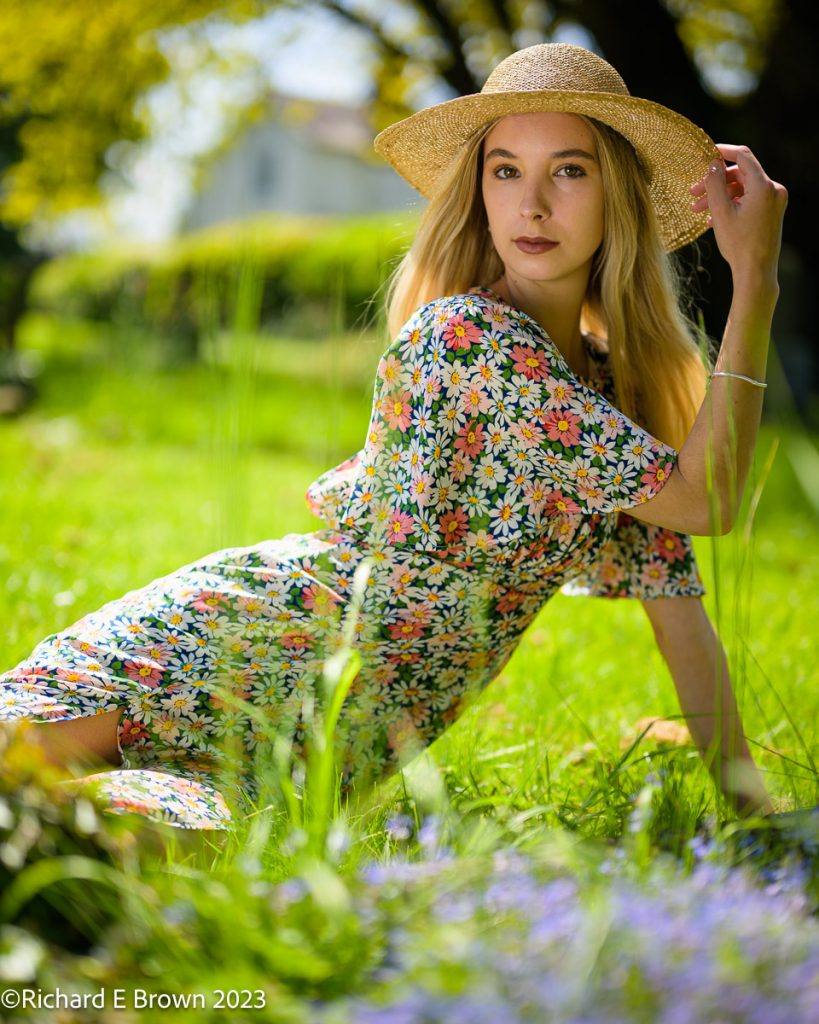
Nikon Z7
Nikkor Z 50mm S f/1.2
50mm, 1/4000 Sec at f/1.2, ISO64
Post Processed in Adobe Lightroom Classic V12.3

Family, Photography and other misc news

Nikon Z7
Nikkor Z 50mm S f/1.2
50mm, 1/4000 Sec at f/1.2, ISO64
Post Processed in Adobe Lightroom Classic V12.3
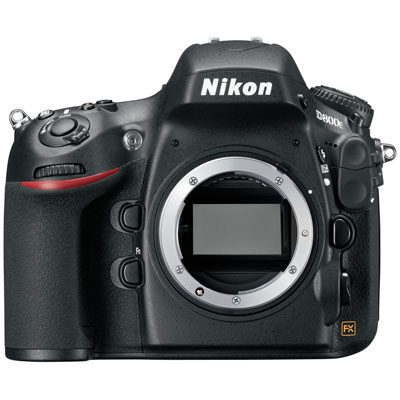
The D800 was amazing and just got better and better.
The Nikon D850 is quite rightly rated the best digital SLR ever made. Its unlikely it will ever be bettered.
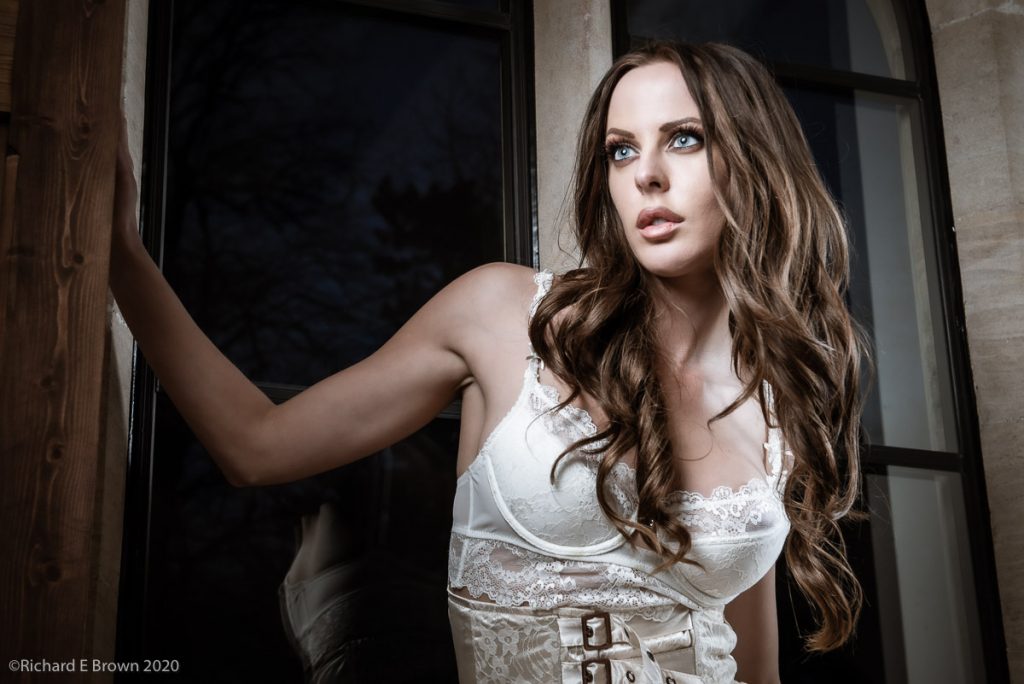
The above shot was taken with my D800, its been my bread and butter working camera since it was released, as I try not to upgrade my cameras more then every five to ten years I have skipped the D810 and D850.
Since adding a Z7 to my cameras I have been waiting for a real pro level Z camera that would suit me. The Z9 and now the newly released Z8 are the two hot bodies at the top of my list.

Many wondered what the Z8 would be. Many hoped for a higher resolution camera like the Sony A7RV a very competent beast of a camera at 61MP. But you need to ask yourself, with the small increase that 61 MP over 45 MP gives in resolution, what do you loose. Speed is a big issue for some, its a slower camera but then at 61 megapixels it’s aimed at landscape and studio photographers, but at 61MP diffraction is going to be a big issue. Stopping down more than f/5.6 is going to start to impact the image quality, while at 50MP you can still use f/8. For some studio work that is not going to be an issue but 35mm format at over 50MP is going to be a niche product. While people want more, will they understand what they are loosing. If you want more resolution then 50MP you really want to go to medium format.
What Nikon released was a smaller Z9, you loose some function buttons and a PC port for studio flash, the large battery and built in GPS. So if your mixing old flash systems and need the extra custom buttons or shoot a lot with large lens and want the built in grip to help balance and the extra battery life, the Nikon Z9 is the one for you, but if your happy with losing the extra function buttons, quick access to drive modes, GPS and grip, plus poorer battery live, save some money to for more glass.
Nikon, Canon, Sony and Leica now have cutting edge mirrorless cameras for us, all with pros and cons, and differences in ergonomics. Despite what you will hear on the socials none of them have a clear lead and all are highly capable.
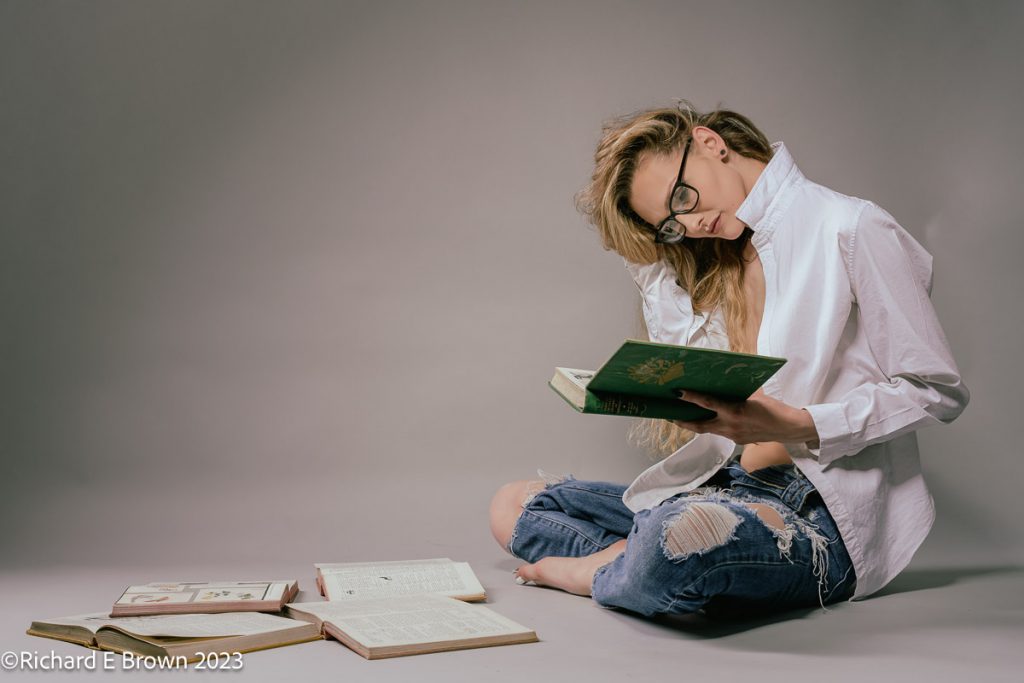
Nikon Z7
Nikkor Z 50mm S f/1.2
50mm, 1/200 Sec at f/8, ISO64
Post Processed in Adobe Lightroom Classic V12.3
The rumours for new cameras from Nikon are now coming thick and fast. The Z8 is the one most are expecting next but we are also due a refresh for the Z6 and Z7.
While we have had the Z30, the last major camera release was the Z9. Its interesting what people want from a Z8 and from what I am hearing, a lot of people are going to be disappointed.
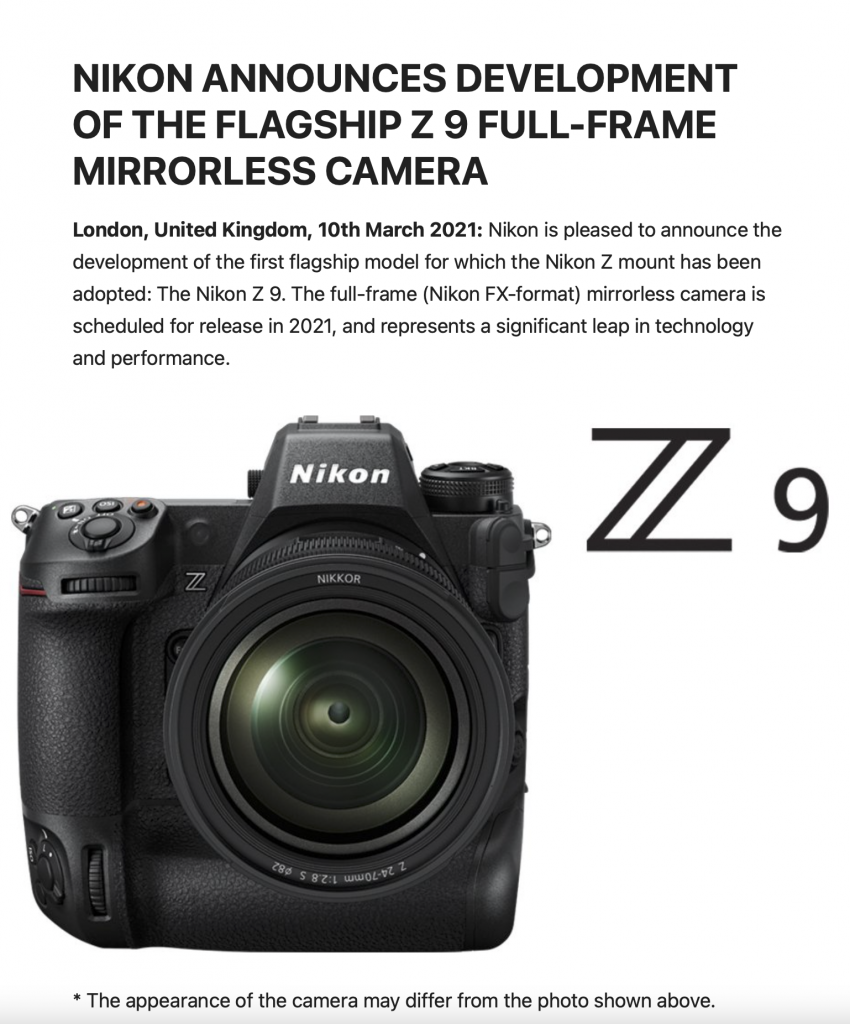
The first option, a mini Z9 is going to a difficult one for Nikon, it will have to have less video functions, over heating in the smaller body would be a major issue, plus you do not want to to match too closely the Z9 or loose sales of your flagship model.
High megapixel camera studio and landscape camera. Now here we get to a difficult position. While the crowd is still calling for more and more megapixels, at 50 mp diffraction starts to soften your images at f/11, going much higher then it will kick in at f/8 or less. Not what most of us want. Going much higher than 50 – 60 is going to start getting difficult to use unless you switch to medium format, but staying around 50 and not moving to at least 61MP like the new Sony A7R iv is going upset people, even through practically there is little difference between 50 and 60MP.
Super high performance low Rez camera with high lowlight performance. Canon have a good model here with the R3, and while the Z6 comes close it’s not a pro spec camera. For now it seems Nikon see the D5 as the camera for these people, but will the Z8 be the option for them?
Breaking out the soft box is what most people do in the studio, the larger the better.

If your after that soft romantic feel it is hard to beat. Sometimes though a harder light source can provide a more interesting light.
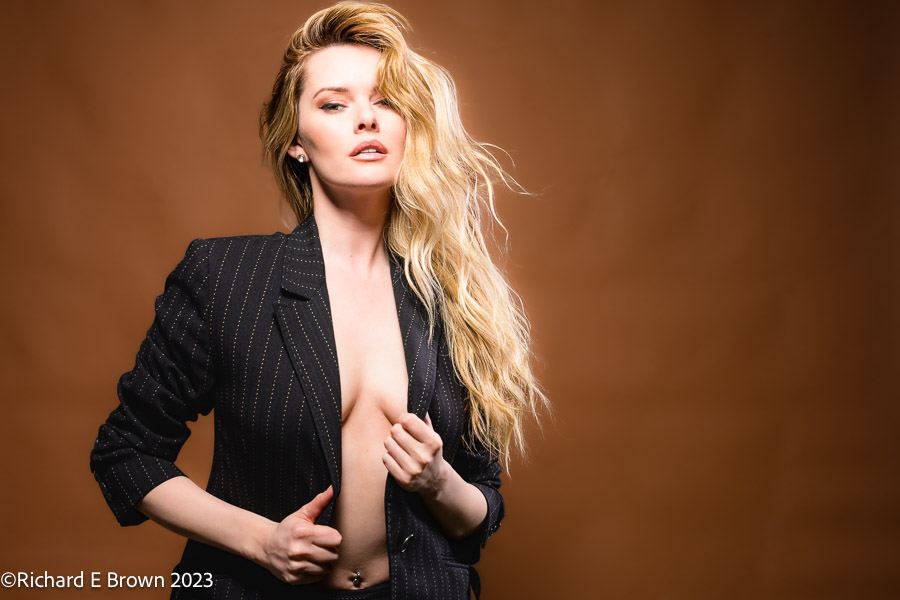
Here is a hard light shot with a little fill from a soft box and a hair light. The hard light from the beauty dish really sculpts the face. Many photographers would be but off with the shadow under the neck but this can be controlled with a soft box or reflector underneath. Sometimes a very large brolly on axis can also be used to control the shadows well.

This is basically the same image but with a soft box instead of the beauty dish, a much softer light but in some ways a more boring shot that does not suite the outfit or mood as much.
Knowing when to use a soft light and a hard light is half the battle.
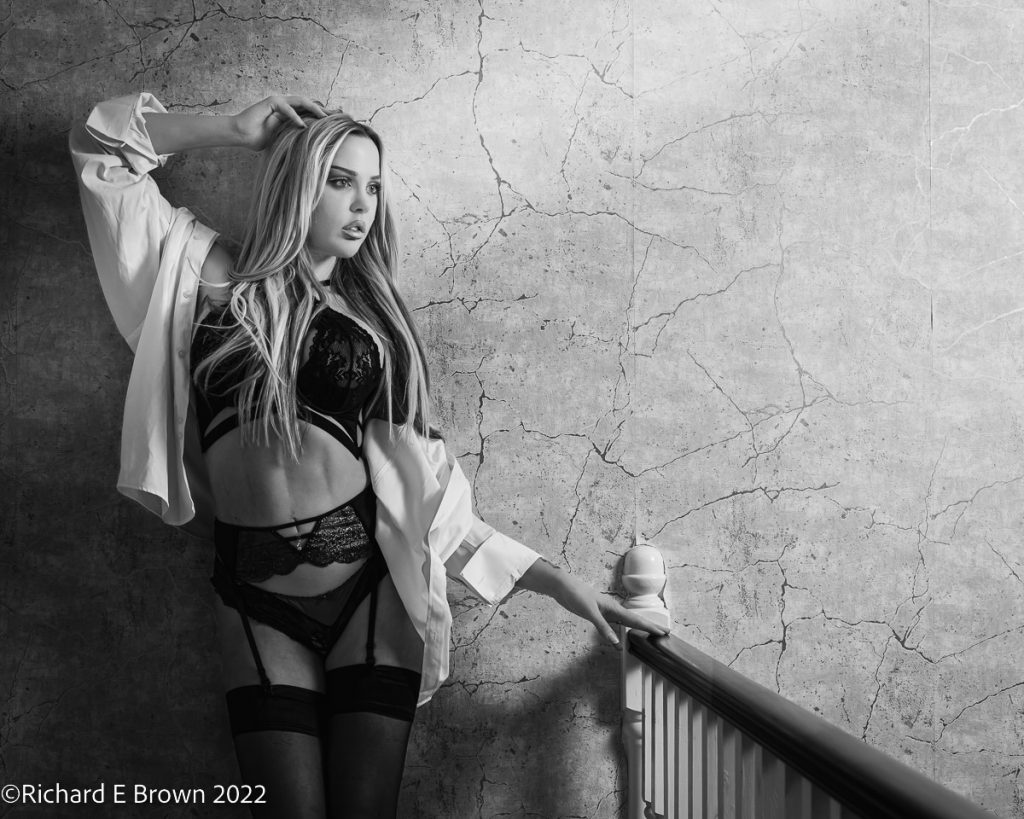
Hard light from a magnum reflector.

Soft light from two very large Oct Soft boxes.
Think about the model, her look, the clothes, the mood and feel you want, then select the light modifier to enhance this look you are after.
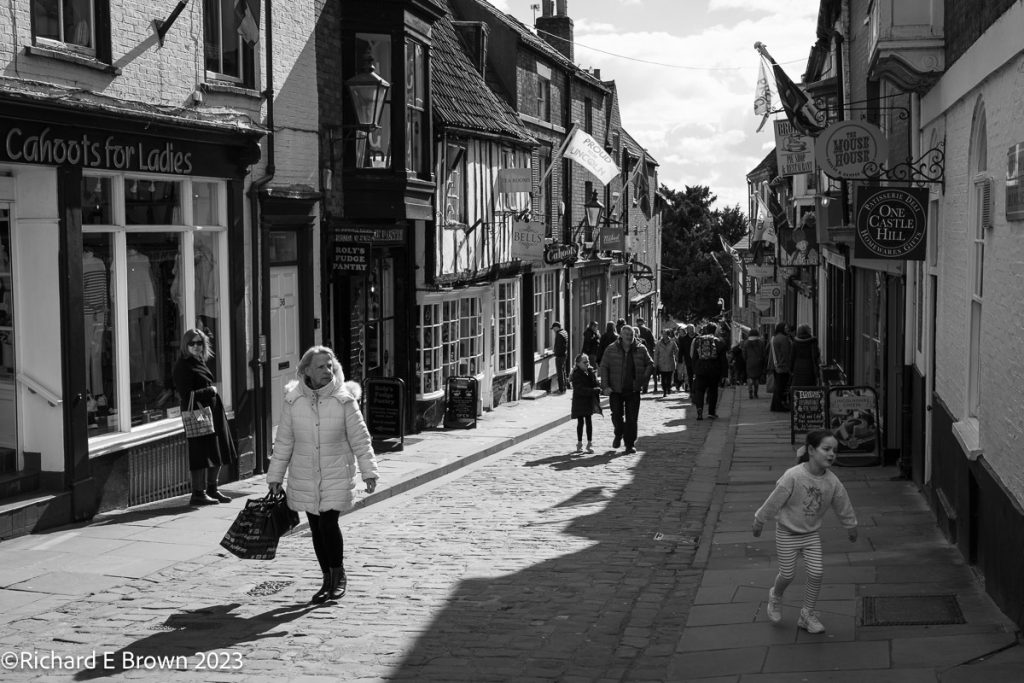
Nikon Z7
Nikkor Z 35mm S f/1.8
35mm, 1/400 Sec at f/5.6, ISO100
Post Processed in Adobe Lightroom Classic V12.2.1
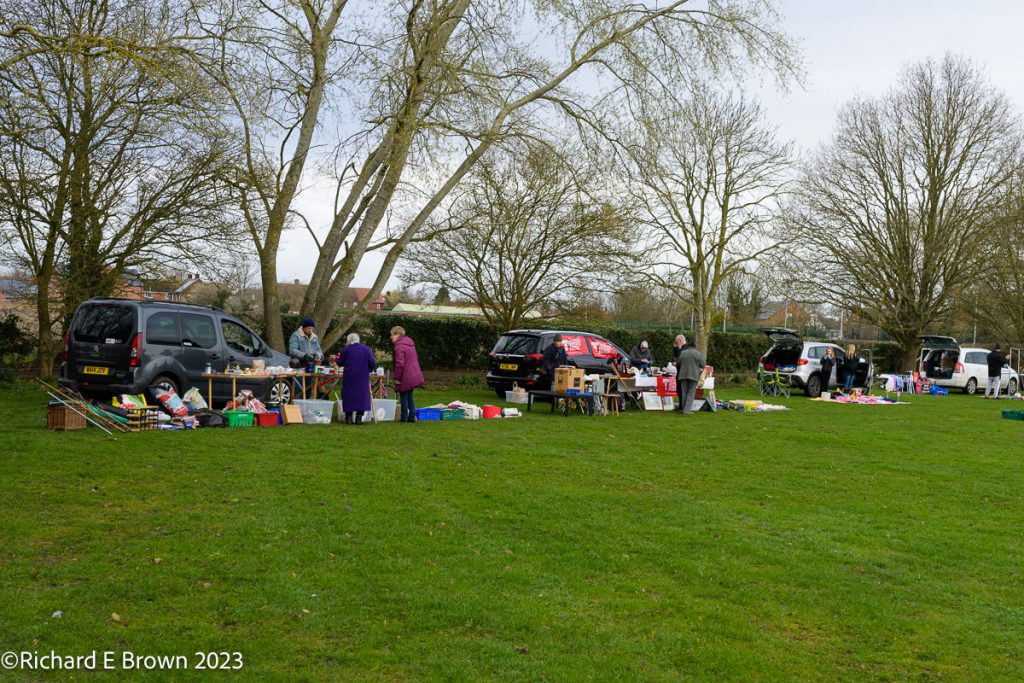
Here in rural England Sunday mornings in the spring and summer are traditional car boot days.

COVID-19 stopped all of this and many have not restarted. Hopefully the traditional car boot will come back. Nearby to where I live, with the spring now here, the first car boot of the season was this last weekend. Not many people in attendance but hopefully as the weather warms things will pick up.


DPReview has been one of the top photography review sites and forum hosting for photographers for over twenty years.
This week we were all shocked to discover its closing down. I never knew that the site was owned by Amazon, and in the current cutbacks that Amazon are making the site is one of the loses.
There’s a lot of knowledge that is going to be lost. Hopefully Amazon can be persuaded to at least keep the site available for people to read even if there is no new updates, but so far to looks like the site will be deleted.

Hard light is often considered a no no, and I have a post on hard and soft light coming. If your into hard light, then I can recommend a magnum reflector.
Here we have a Profoto B10Plus with a magnum reflector. The magnum reflector is not a modifier I call upon often but if you’re after very strong directional light, and a good stop of light boost to what your flash can produce its quite a useful device.
Here I am using it to mimic strong sunlight flooding onto the landing off to the right.

An optical high quality viewfinder is extremely useful in many situations, but the electronic viewfinder also gives photographers aids to getting the shot.
You will never please everyone, so highly customisable cameras are what we need. Someone may want nothing but the scene in their viewfinder; others like in the shot above, where blowing out the highlights was way to easy needs for me a camera with realtime histogram.
Also on the subject of high contrast scenes like above, blinkies, zebra guides etc are available in any mode on Leica and Sony mirrorless cameras. The photo above, I needed to ensure that whilst the window could blow out at all white, none of the highlights on Lilly’s back did so. With highlight warnings this is easy to achieve, but for some unknown reason, neither Canon or Nikon allow them when in photography modes, only video modes. I could take a shot and review it with highlight warnings but not while taking the shot. In a changing light situation this is not good enough. I have to give a shout out to Sony and Leica, as their high end mirrorless models do allow custom highlight warnings, live in the viewfinder in real time.

So what do you want in a viewfinder?